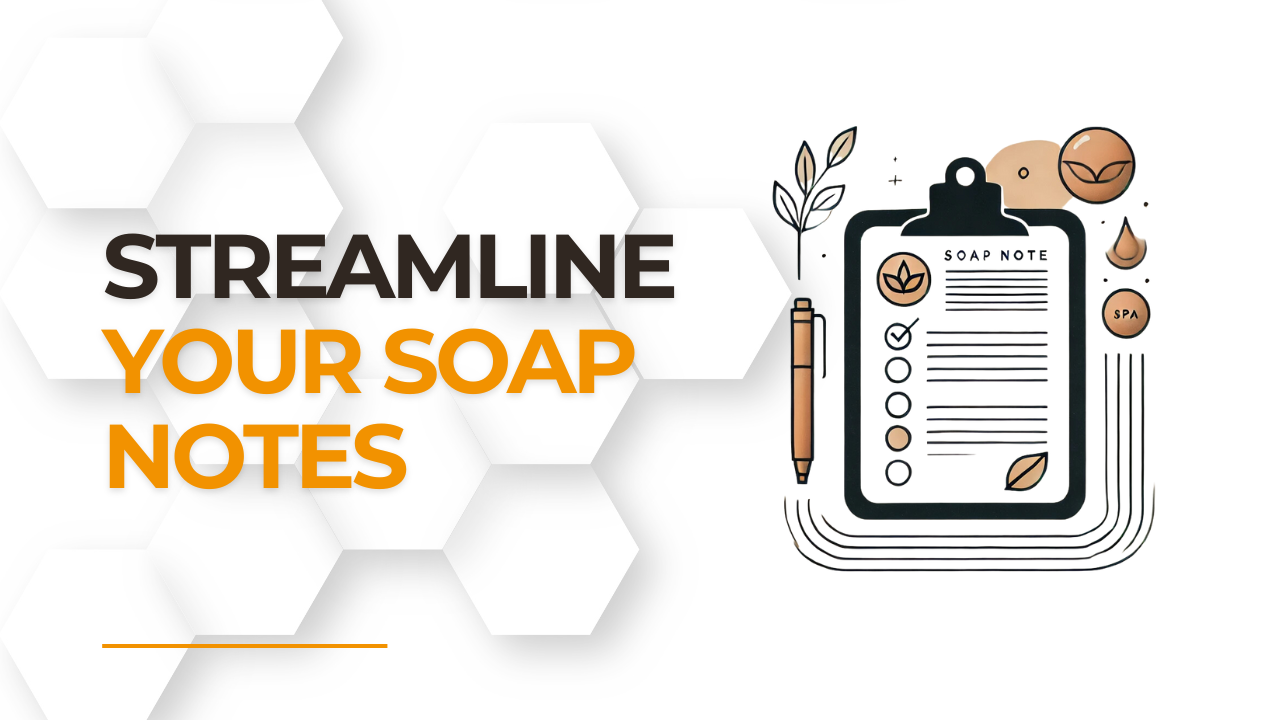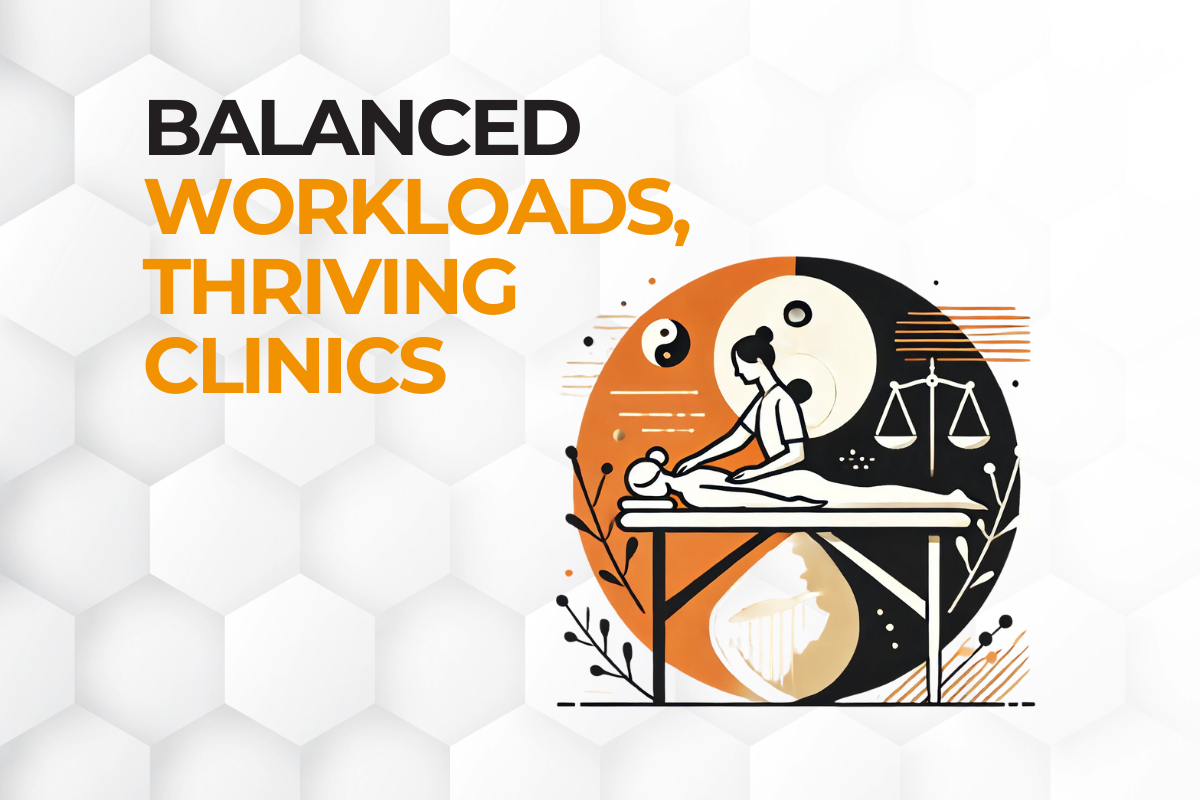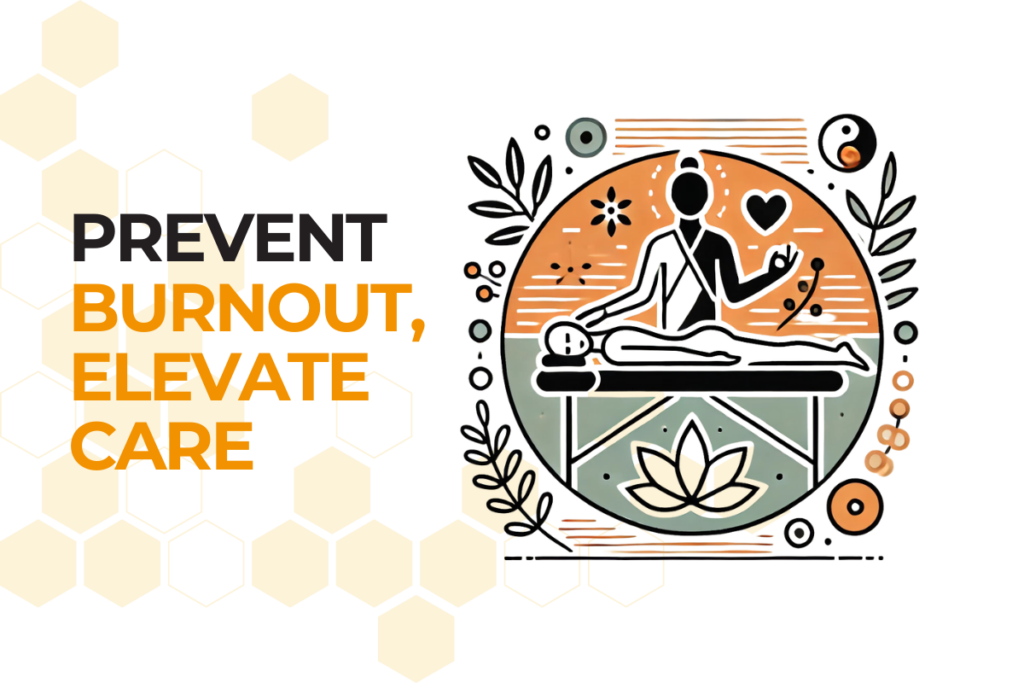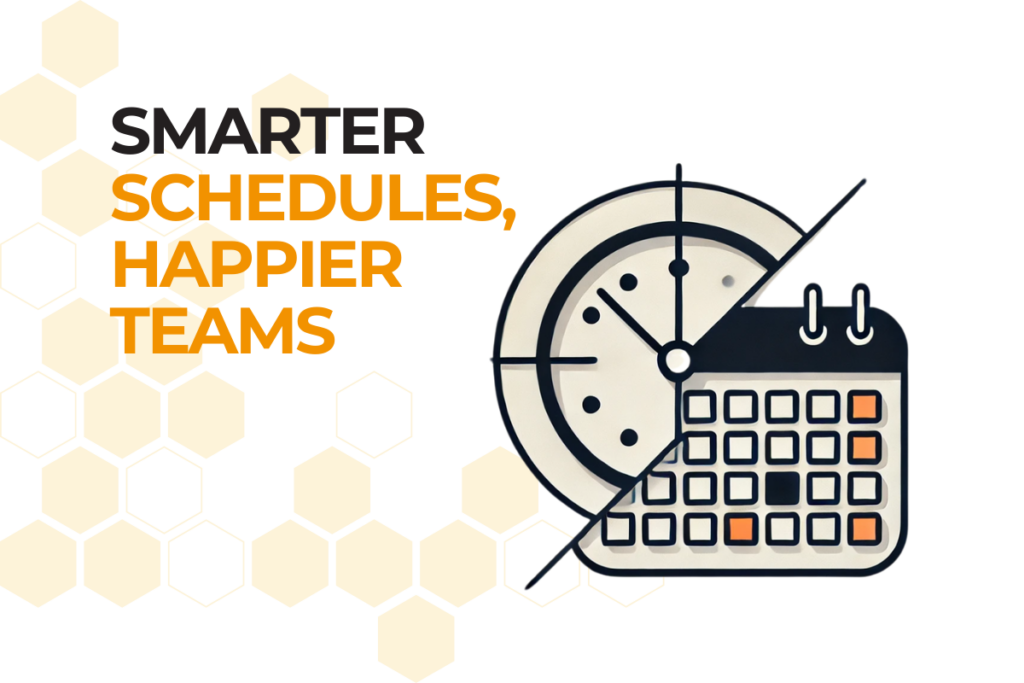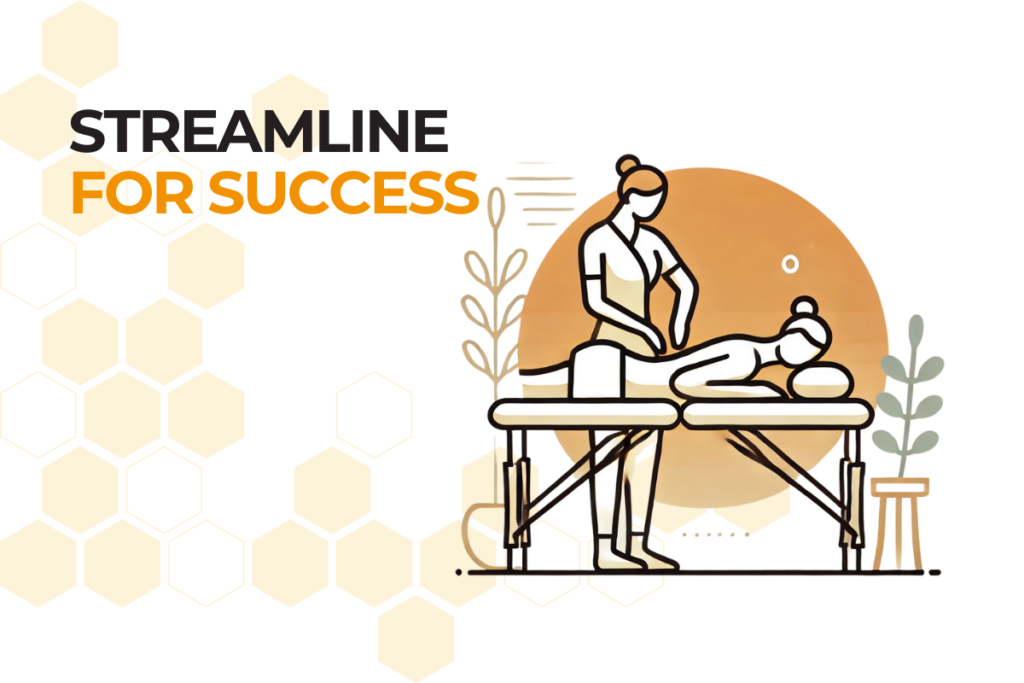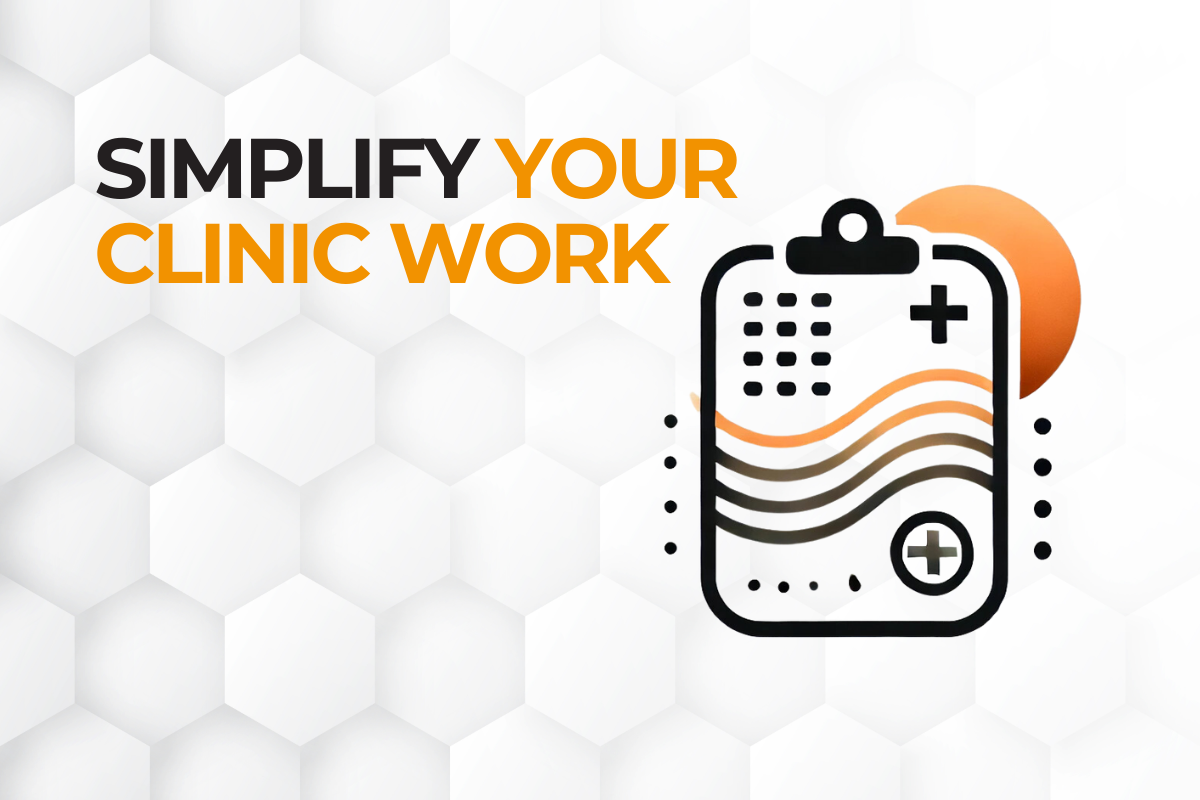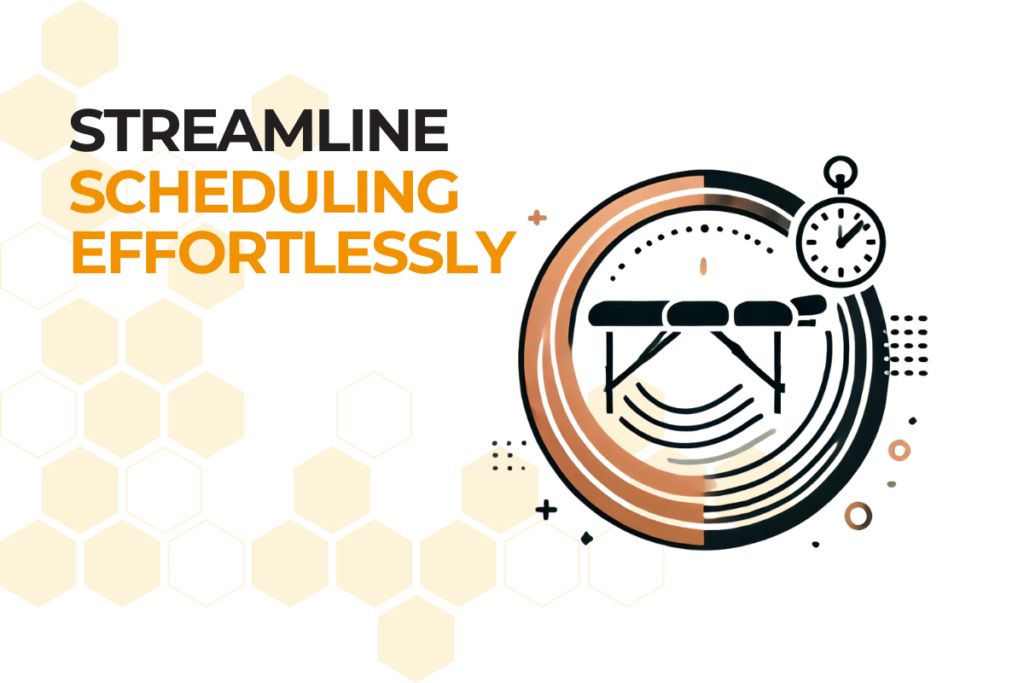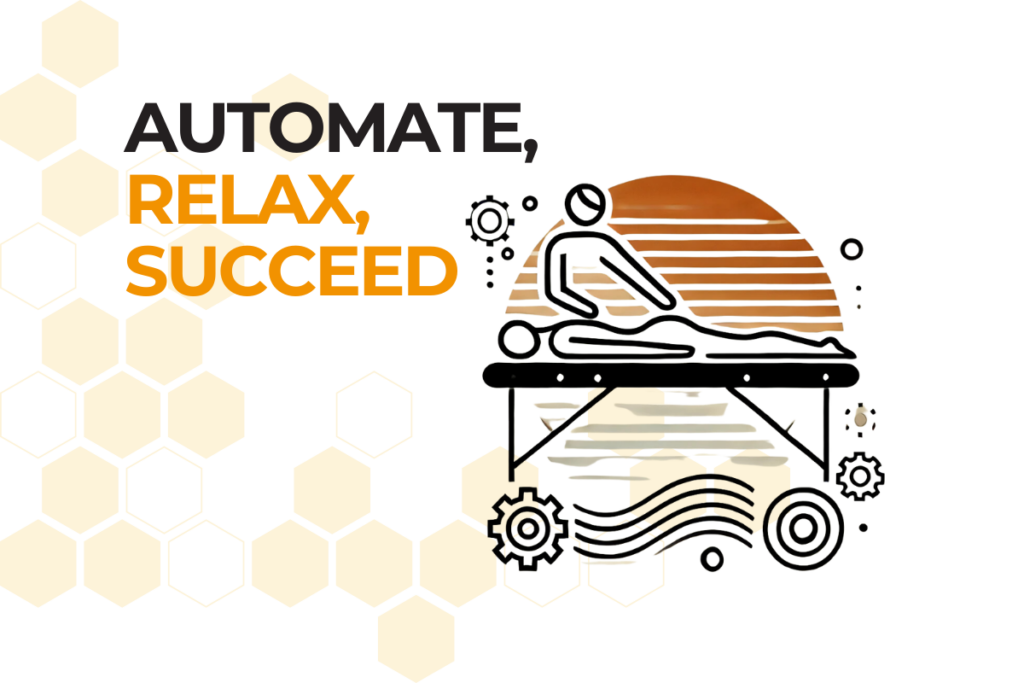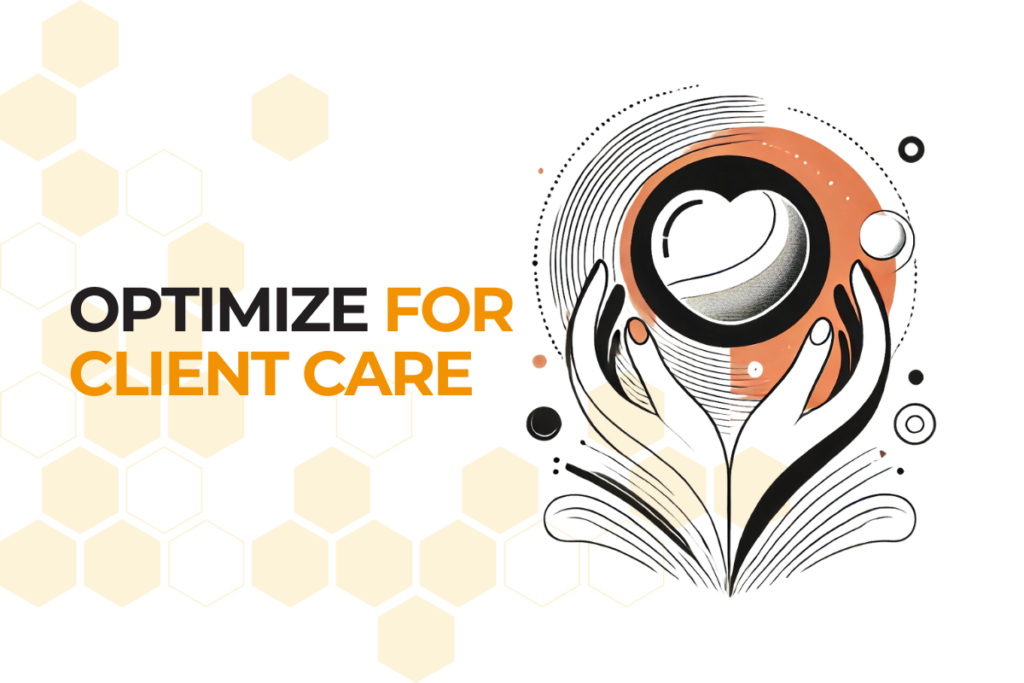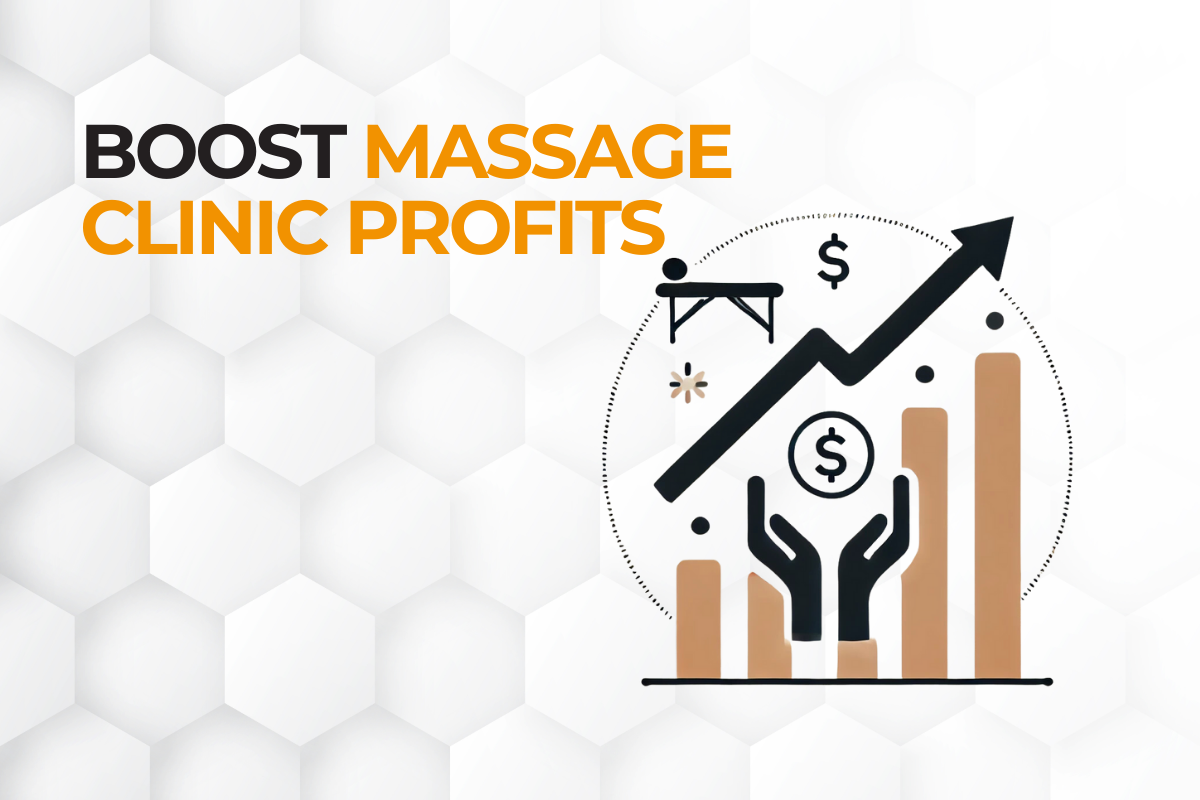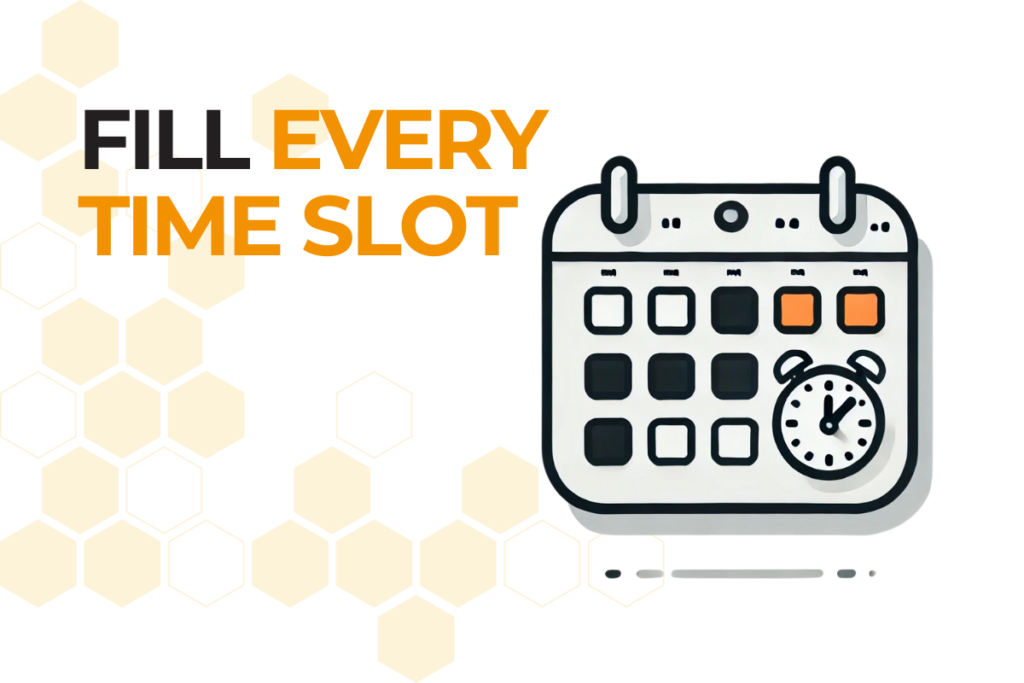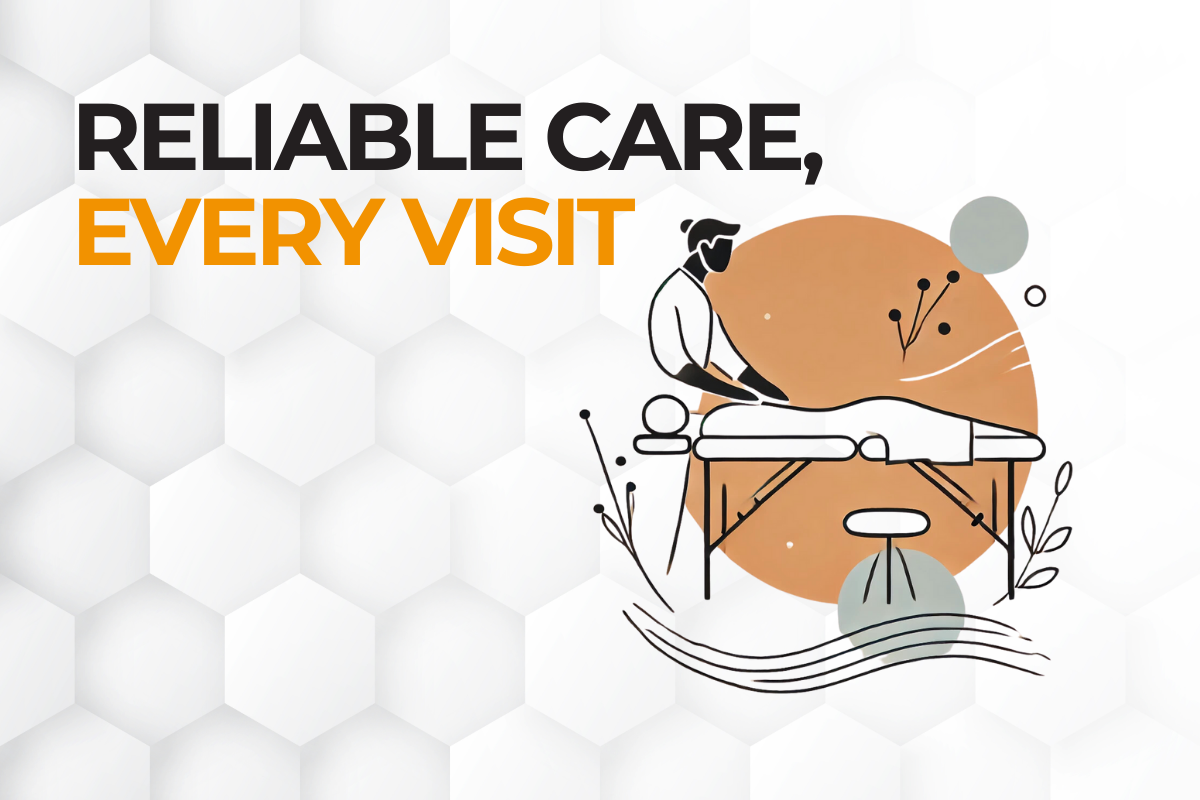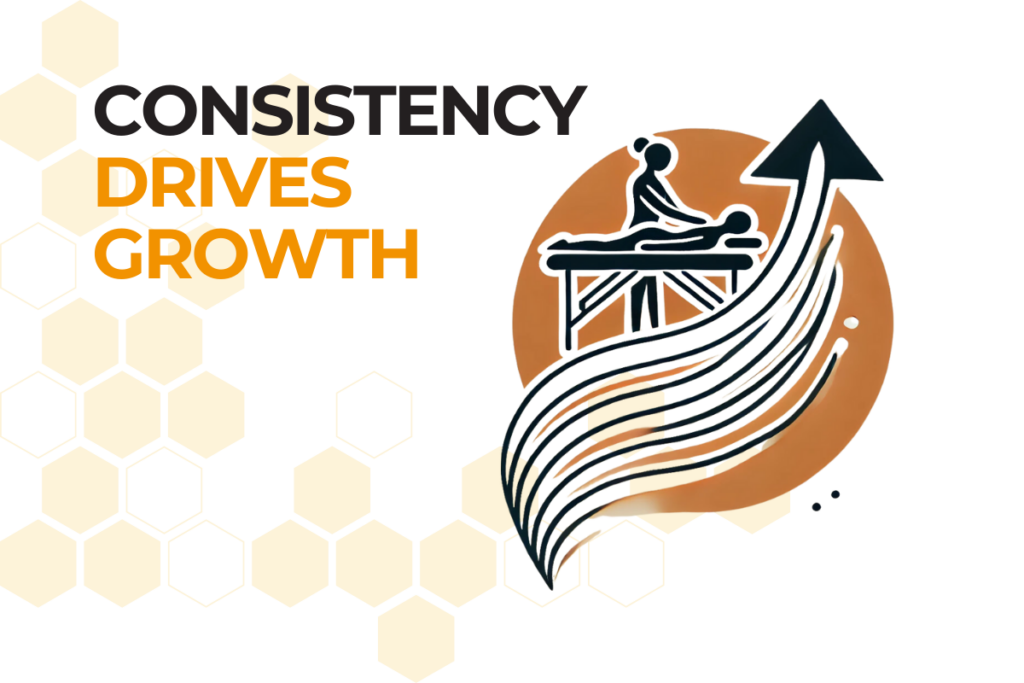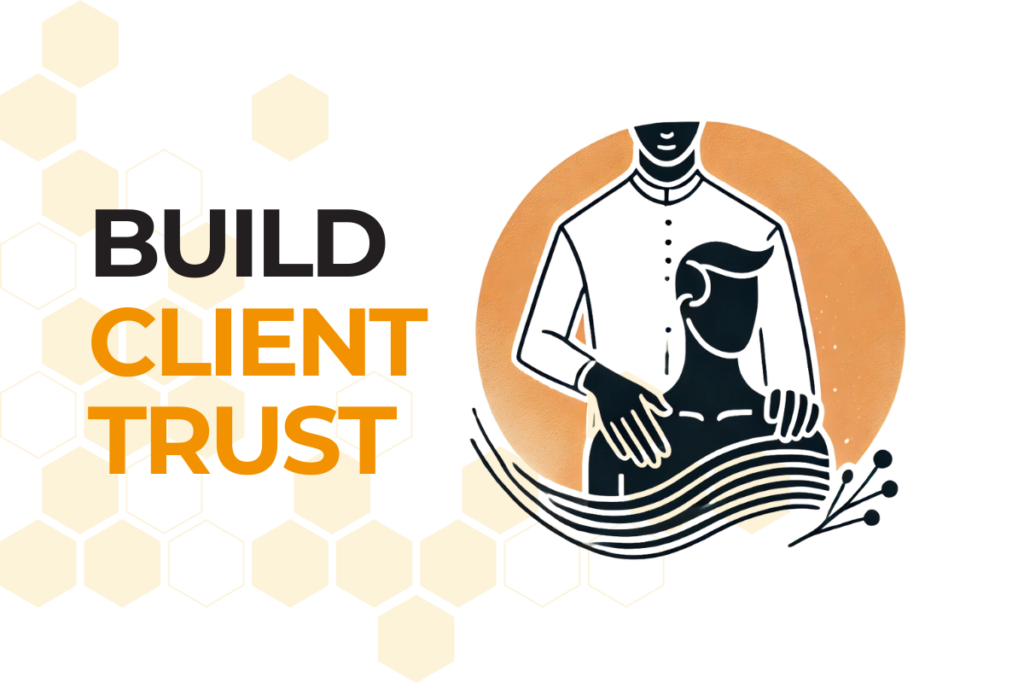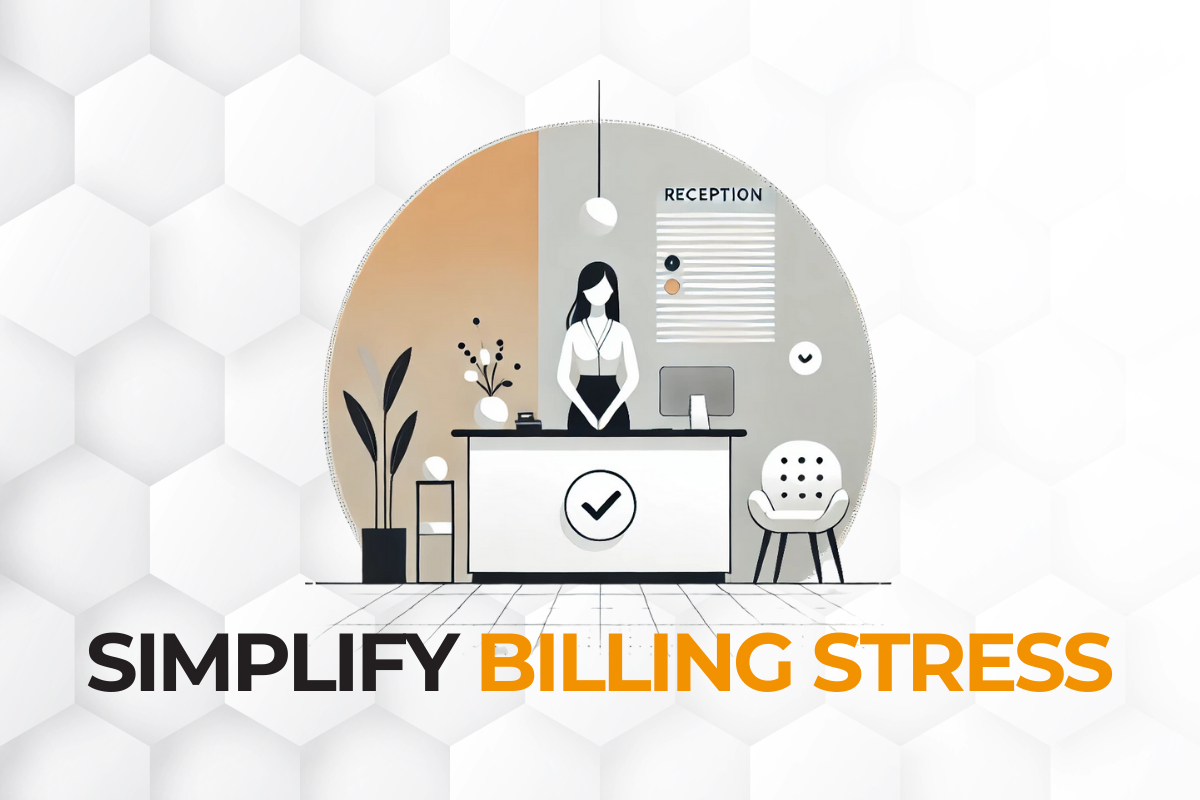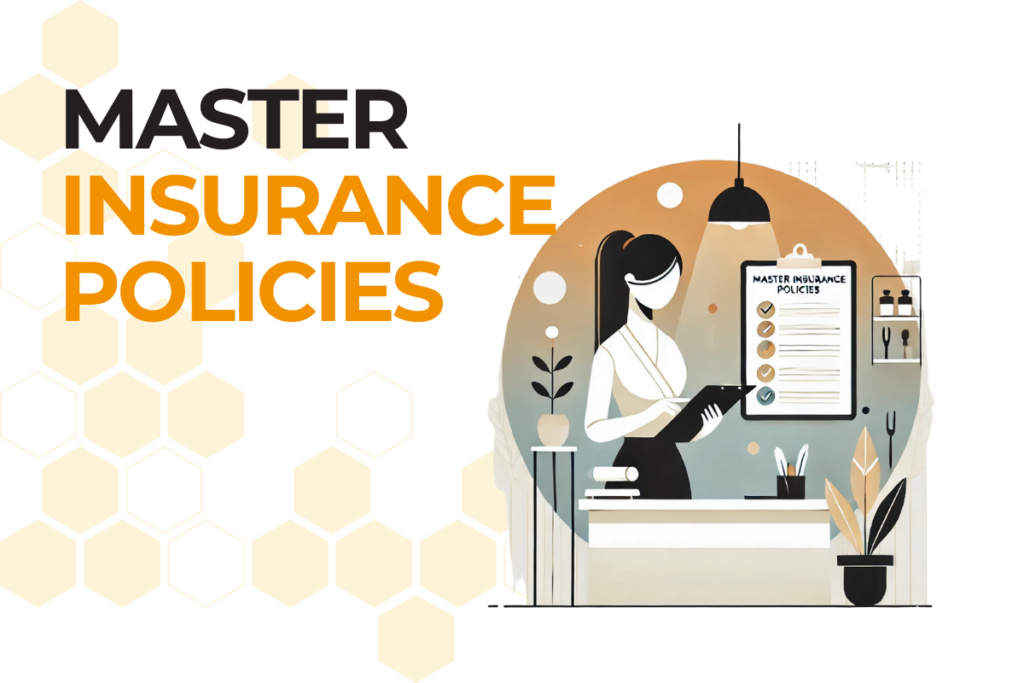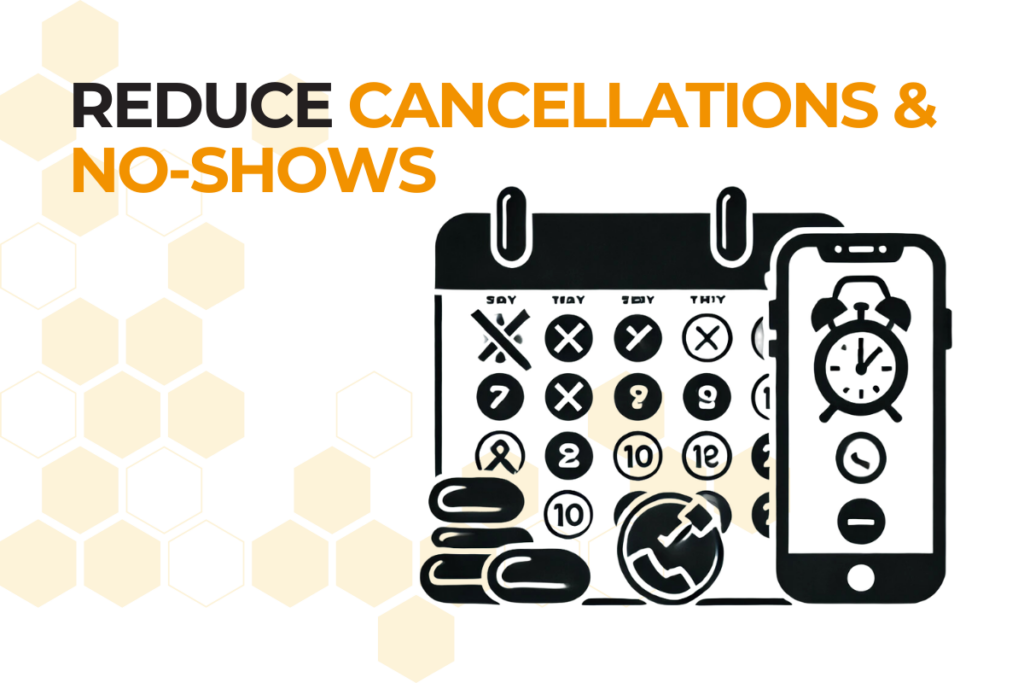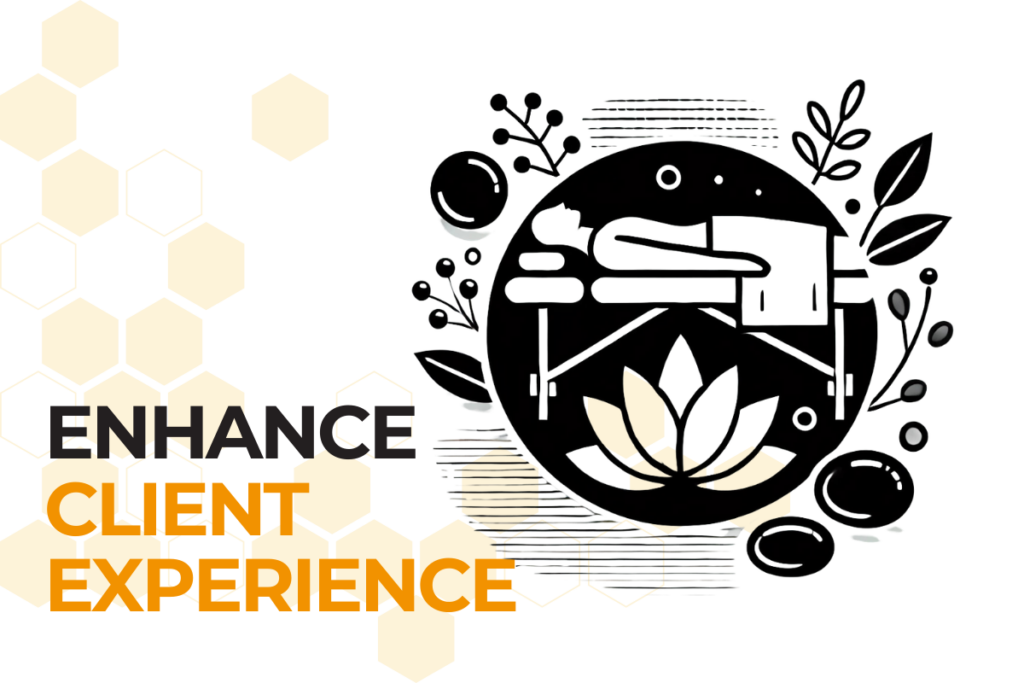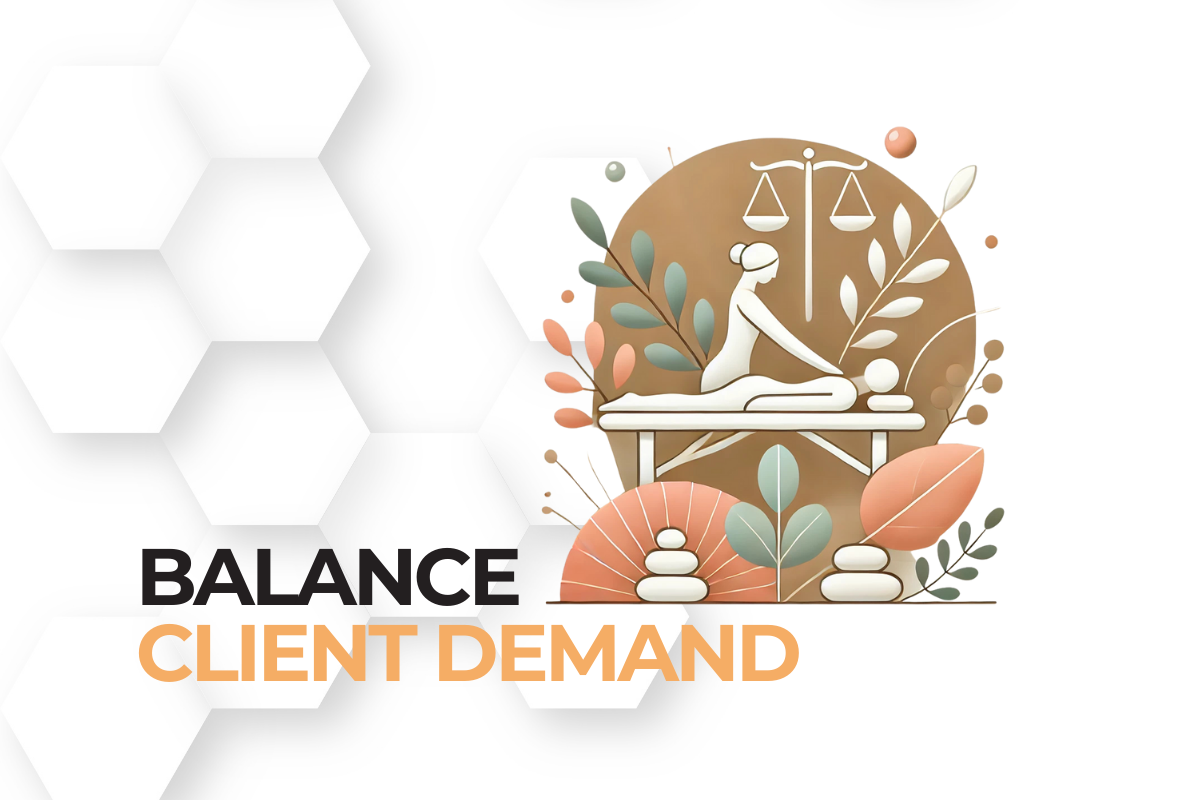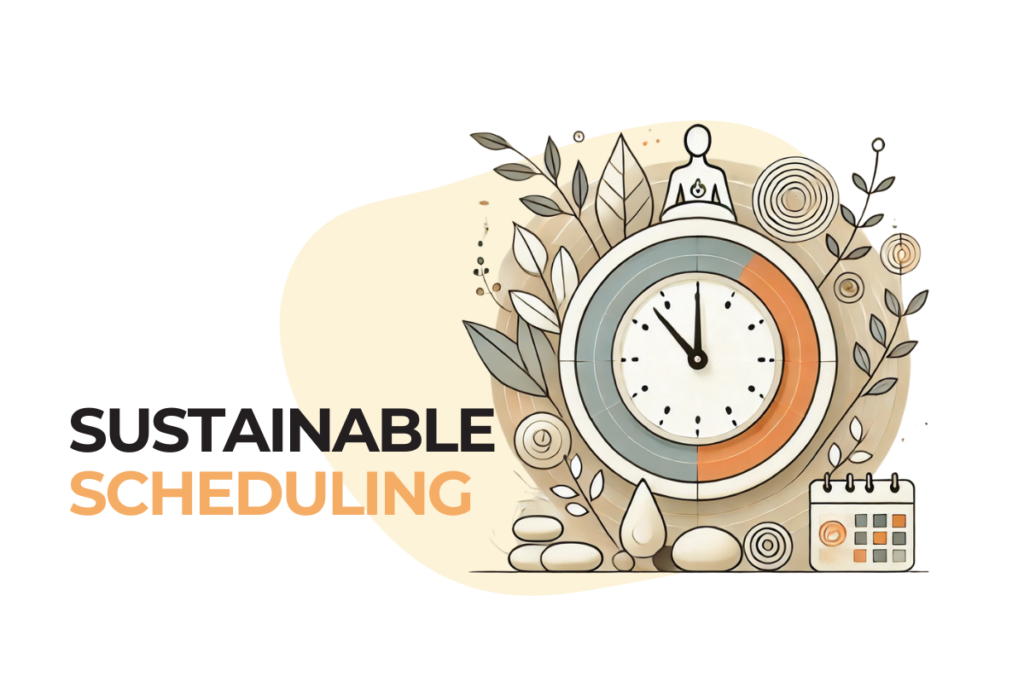Why SOAP Notes Are Essential for Your Massage Therapy Practice
Massage therapists face the ongoing challenge of balancing exceptional client care with the administrative demands of their practice. Among these tasks, SOAP notes for massage therapists are a cornerstone of professional documentation. They offer a structured framework to record treatments, monitor client progress, and ensure compliance with legal and insurance standards.
However, maintaining detailed and accurate SOAP notes can feel overwhelming, particularly for practitioners managing back-to-back appointments and other responsibilities. Without an efficient system, this task can become stressful and even compromise the quality of care. This guide demystifies SOAP notes for massage therapists, offering actionable strategies to streamline your workflow, improve consistency, and save time—all while elevating your practice.
Streamline Your Documentation Process
Integrate Documentation Into Your Routine
Effective SOAP notes for massage therapists require more than good intentions—they need a system. Follow these strategies to seamlessly integrate documentation into your workflow:
- Write notes immediately after each session: Capture key details while the session is still fresh in your mind.
- Use abbreviations and templates: Standardizing your approach saves time and ensures consistency across all notes.
Leverage Technology
Digital tools can revolutionize how SOAP notes for massage therapists are created. Look for software offering features like auto-fill templates, voice-to-text options, and secure cloud storage to simplify note-taking and protect client data.
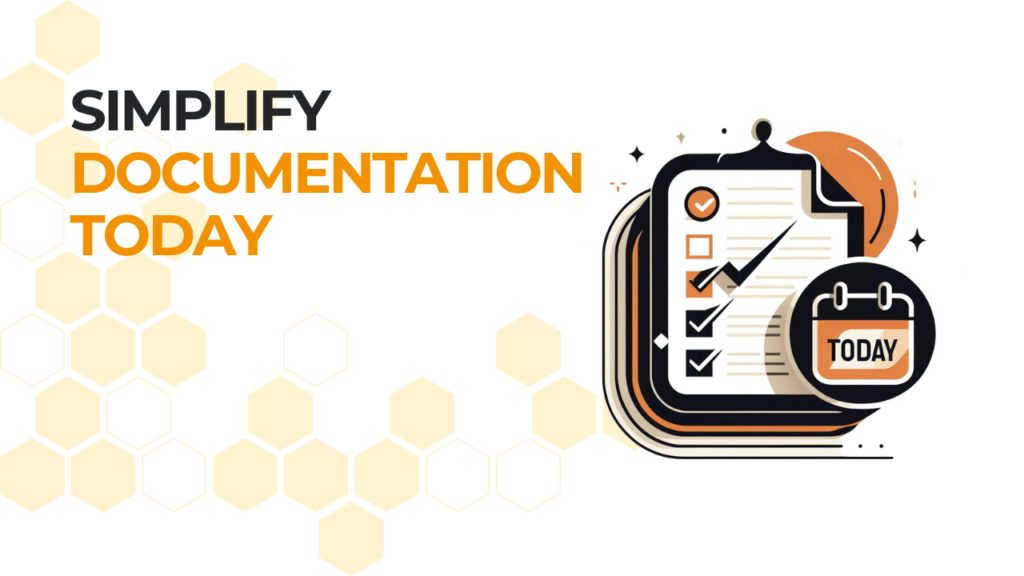
Ensure Consistency Across All SOAP Notes
Use Standardized Templates
Using a uniform template helps ensure all SOAP notes include essential details without variations that could cause confusion. You can customize templates to fit your practice’s specific needs while keeping the structure consistent. For an easy starting point, download a SOAP note template PDF to streamline your documentation process.
Provide Staff Training
Educate your team on the importance of SOAP notes for massage therapists and how to complete them effectively. Regular training sessions ensure everyone is aligned with best practices and industry standards.
Focus on the Right Details
Balance Thoroughness and Brevity
While detailed notes are important, including too much information can reduce clarity and efficiency. Focus on these key elements:
- Subjective: What the client reports, such as pain or discomfort.
- Objective: Observations during the session, like restricted movement or muscle tension.
- Assessment: Your professional analysis of the client’s condition.
- Plan: Proposed treatments and self-care recommendations.
Highlight Clinical Relevance
Prioritize information that directly impacts treatment outcomes, such as changes in symptoms or specific client feedback. This ensures SOAP notes for massage therapists remain focused and actionable.
Navigate Legal and Insurance Requirements
Understand Documentation Standards
Compliance is critical. Here’s what you need to know:
- Accuracy and legibility: Ensure all SOAP notes for massage therapists are clear and detailed.
- Include essential elements: Dates, signatures, and treatment specifics.
- Adhere to privacy laws: Follow regulations like HIPAA to protect client information.
Avoid Common Pitfalls
Mistakes such as vague entries or missing information can lead to insurance claim denials or compliance issues. Double-check your SOAP notes for massage therapists for accuracy and completeness before submitting them.
Adapt Notes to Diverse Client Needs
Each client is unique, and your SOAP notes for massage therapists should reflect that. For example:
- Athletes: Document performance-related treatments, noting specific goals and outcomes.
- Clients with chronic pain: Record progress over time, highlighting how treatments improve symptoms and functionality.
By tailoring your documentation to individual needs, you can provide more personalized and effective care.
Prevent Procrastination and Backlogs
Develop Time-Saving Habits
- Write notes immediately: Dedicate 5 minutes after each session to complete your SOAP notes for massage therapists.
- Set reminders: Use alarms or calendar notifications to stay consistent with your documentation.
Establish Accountability Systems
Hold yourself and your team accountable by implementing weekly reviews of completed SOAP notes for massage therapists to ensure nothing is overlooked.
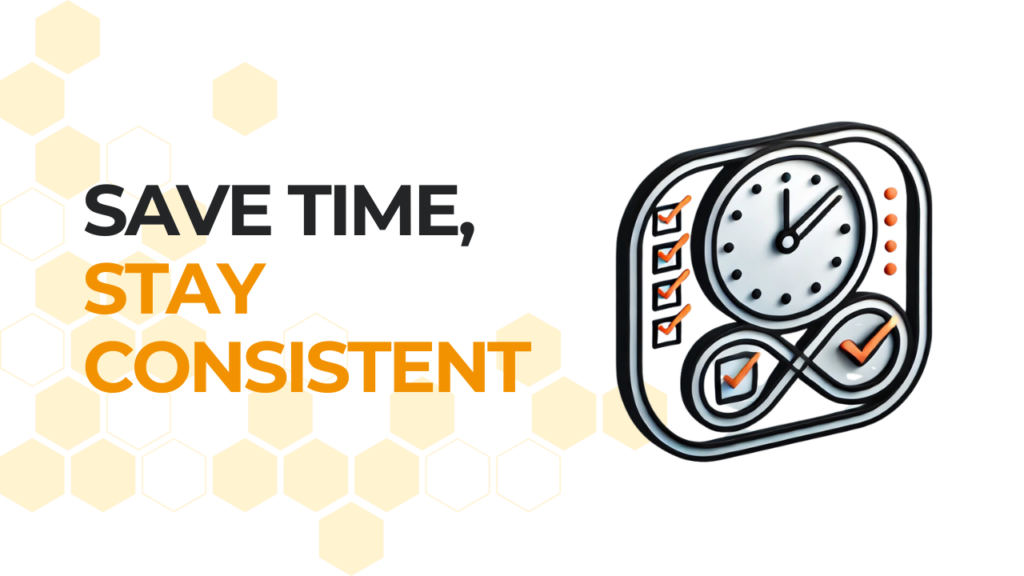
Protect Client Confidentiality
Secure Documentation Practices
Whether you use digital tools or physical files, prioritize security. Use password-protected software and lockable filing cabinets to safeguard SOAP notes for massage therapists.
Stay Compliant with Privacy Laws
Familiarize yourself with privacy regulations such as HIPAA and regularly review your systems to maintain compliance and protect your clients’ trust.
Transform Your Documentation Process
Mastering SOAP notes for massage therapists doesn’t have to be a daunting task. By implementing structured processes, leveraging technology, and focusing on clinical relevance, you can streamline documentation while maintaining compliance. These strategies save time, reduce stress, and allow you to focus on what matters most—providing exceptional care to your clients.
FAQs
SOAP notes provide a consistent way to document client care, track progress, and ensure compliance with legal and insurance requirements. They also support clear communication with clients and other healthcare professionals.
Adopt standardized templates, use digital tools, and establish a habit of writing notes immediately after sessions. These practices help save time and ensure accuracy.
Your SOAP notes should include:
Subjective: Client-reported symptoms or concerns.
Objective: Your observations during treatment.
Assessment: Your analysis of the client’s condition.
Plan: Proposed treatments and client recommendations.
Use secure systems for storing notes, whether physical or digital, and stay informed about privacy laws like HIPAA. Regularly review and update your practices to maintain compliance and client trust.


